Blockchains don’t need more TPS. They need real compute.
🔹 Today’s chains choke under that load.
🔸 @EclipseFND is building a tech stack that can handle significant on-chain activity with GigaCompute.
Let’s dive in 🧵
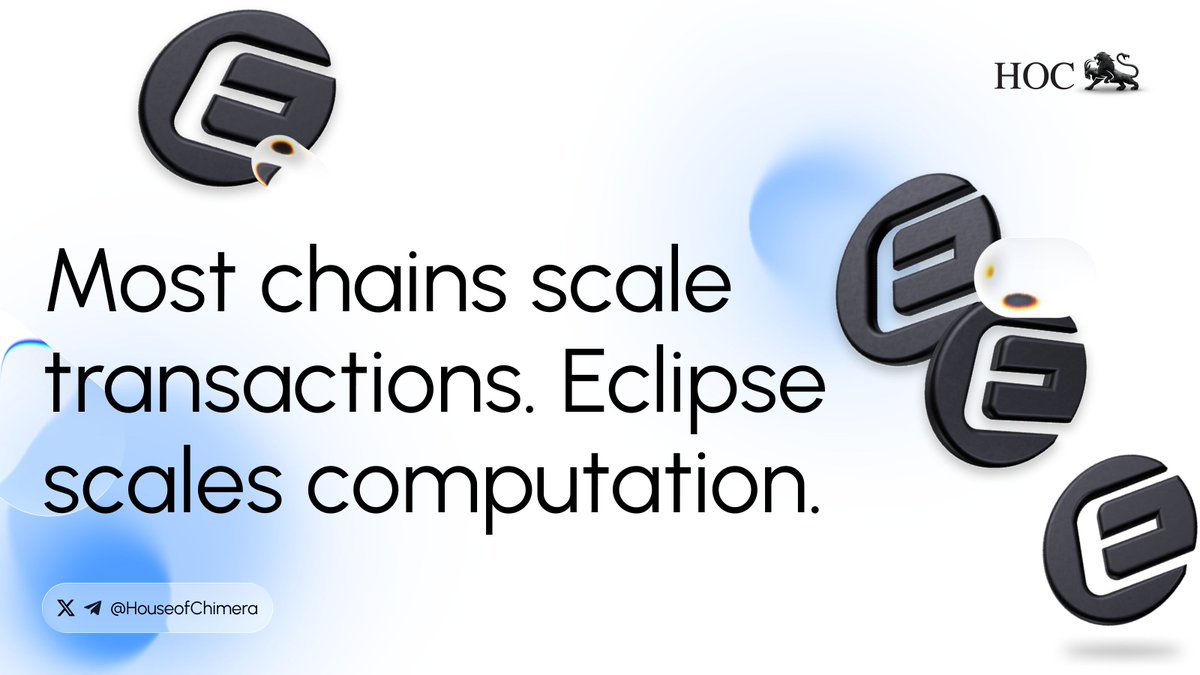
What is @EclipseFND?
🔹 Most chains promise "scale." Eclipse delivers something deeper.
🔸 GigaCompute: real compute capacity for AI agents, game logic, and complex DeFi.
It's not about TPS. It's about performance that unlocks new use cases.
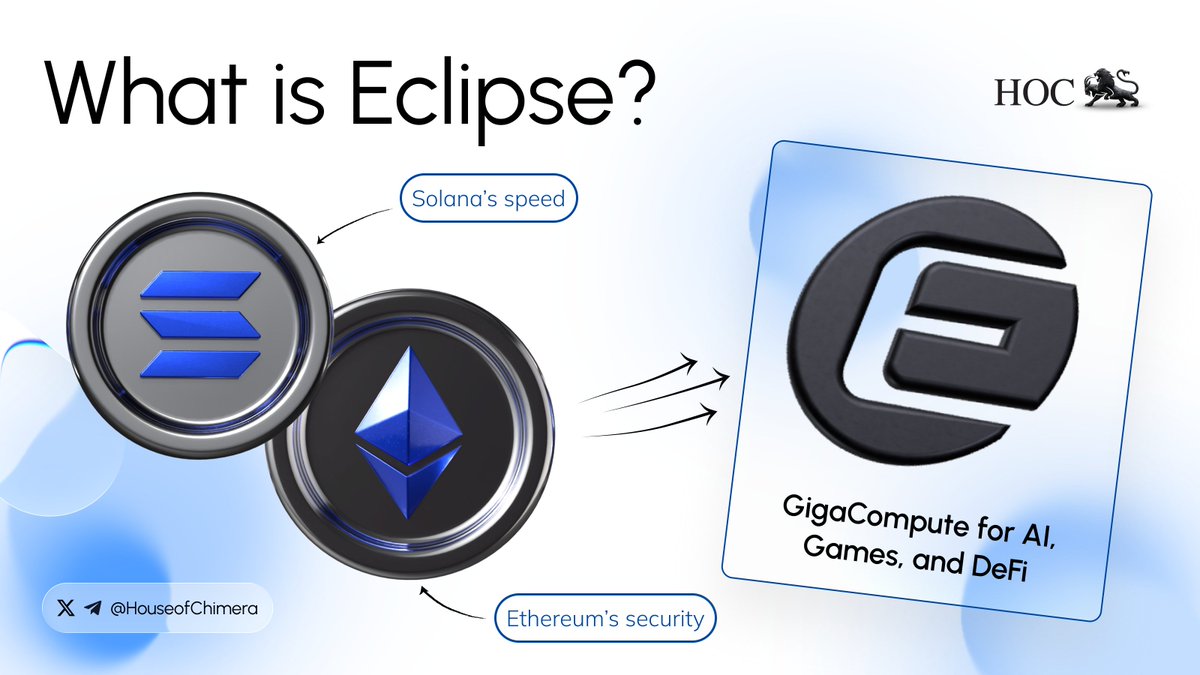
How does Eclipse actually work?
🔹 Execution: SVM Mainnet (custom Solana VM)
🔸 Data Availability: @celestia
🔹 Settlement: @Ethereum
🔸 Verification: @RiscZero
Eclipse runs its own L2 execution, posts data to Celestia, and settles commitments on Ethereum with proofs generated by Risc Zero, connecting it all securely.
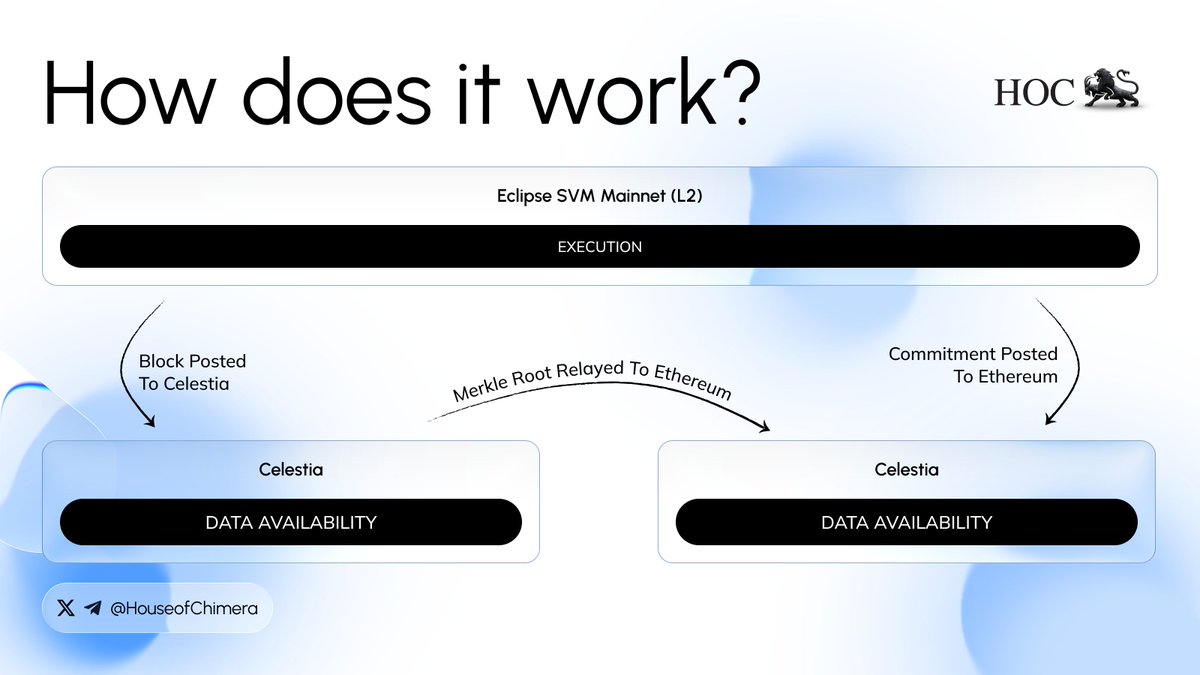
Most chains run on generic setups and hit generic ceilings.
Eclipse breaks through by designing hardware and software together.
🔸 SmartNICs for network acceleration
🔹 FPGA for custom ops
🔸 Contention-aware scheduling on modern CPUs
🔹 Custom AKVS tuned to hardware
GSVM introduces adaptive infrastructure:
🔸 Dynamic NVMe storage + execution core provisioning
🔹 Multi-scheduler architecture
🔸 Local caching for low-latency performance
Result?
A blockchain that grows with your dApp.
GSVM performance comes from stacking improvements across every layer:
🔸 Networking: near-line-speed tx routing, app-specific sequencing
🔹 Runtime: reinforcement learning, hybrid concurrency
🔸 Storage: sequencer-driven caching, NVMe parallelism, SSD-optimized accounts DB
GSVM prefetches, reallocates, and isolates workloads before they collide.
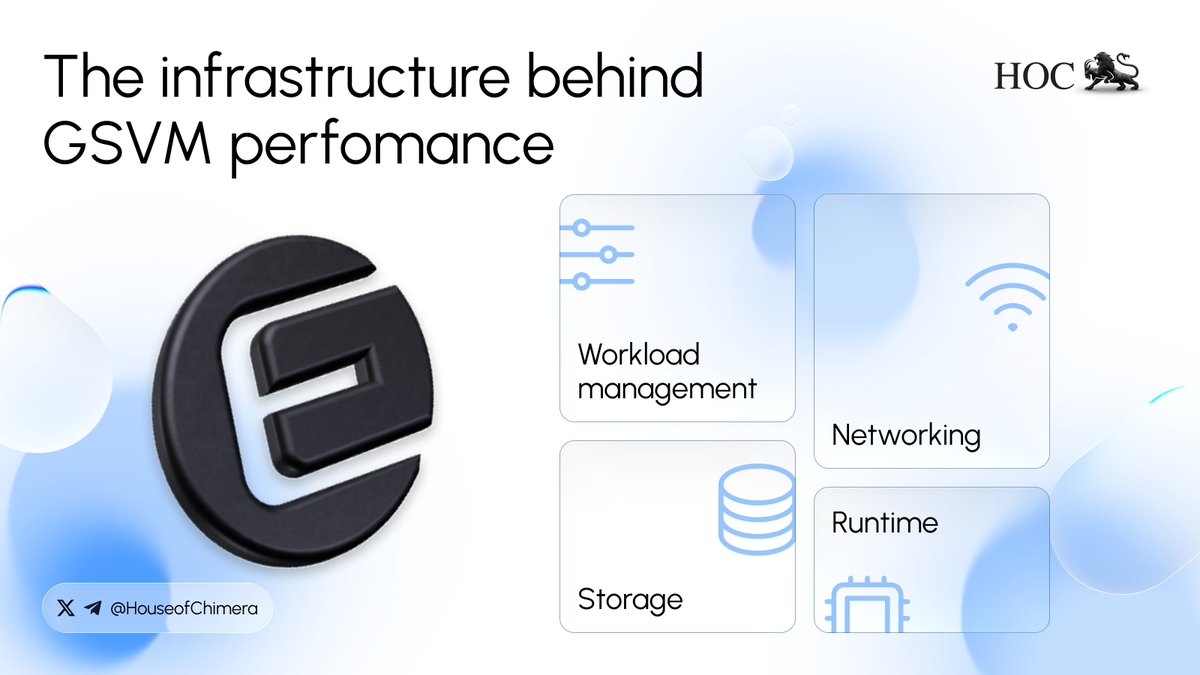
Solana’s SVM faced its biggest test during the $TRUMP memecoin event, and it cracked.
🔸 400K new users flooded in
🔹 App hit #1 in Finance
🔸 Priority fees spiked 5,000x
🔹 Non-vote transactions dropped 66%
🔸 Compute per block fell by half
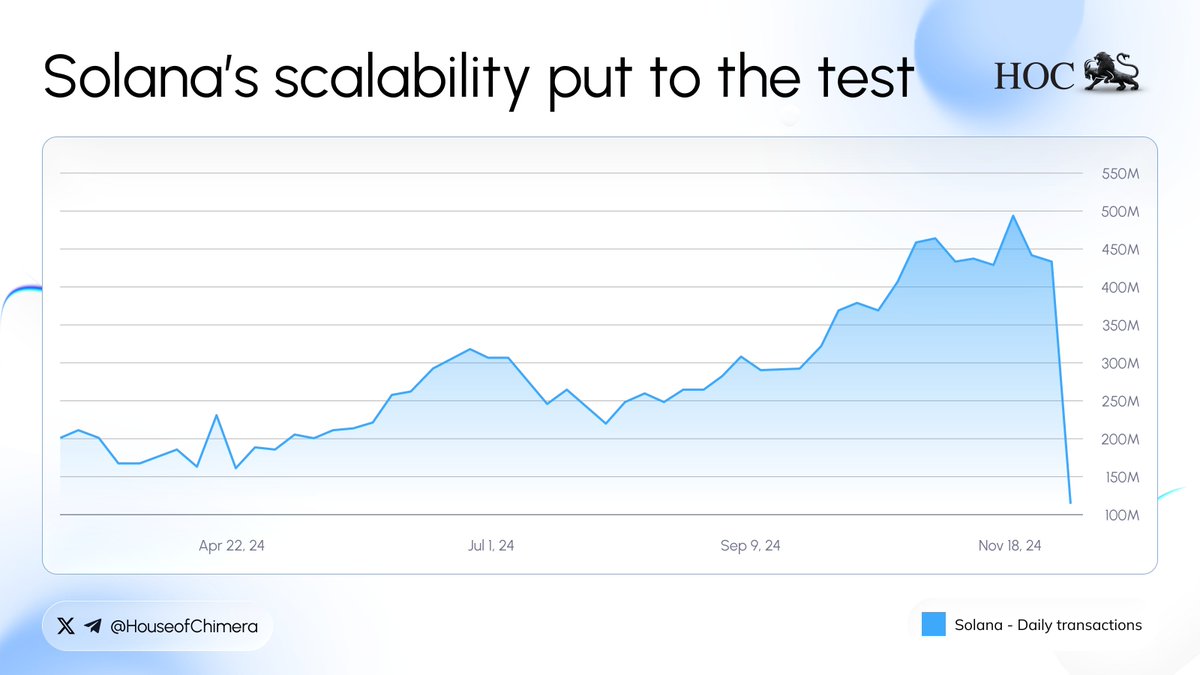
Why?
🔹The SVM’s concurrency model couldn’t keep up.
🔸Hot programs created contention.
🔹 Threads sat idle.
🔸Throughput collapsed.
Eclipse took notes. And built better.
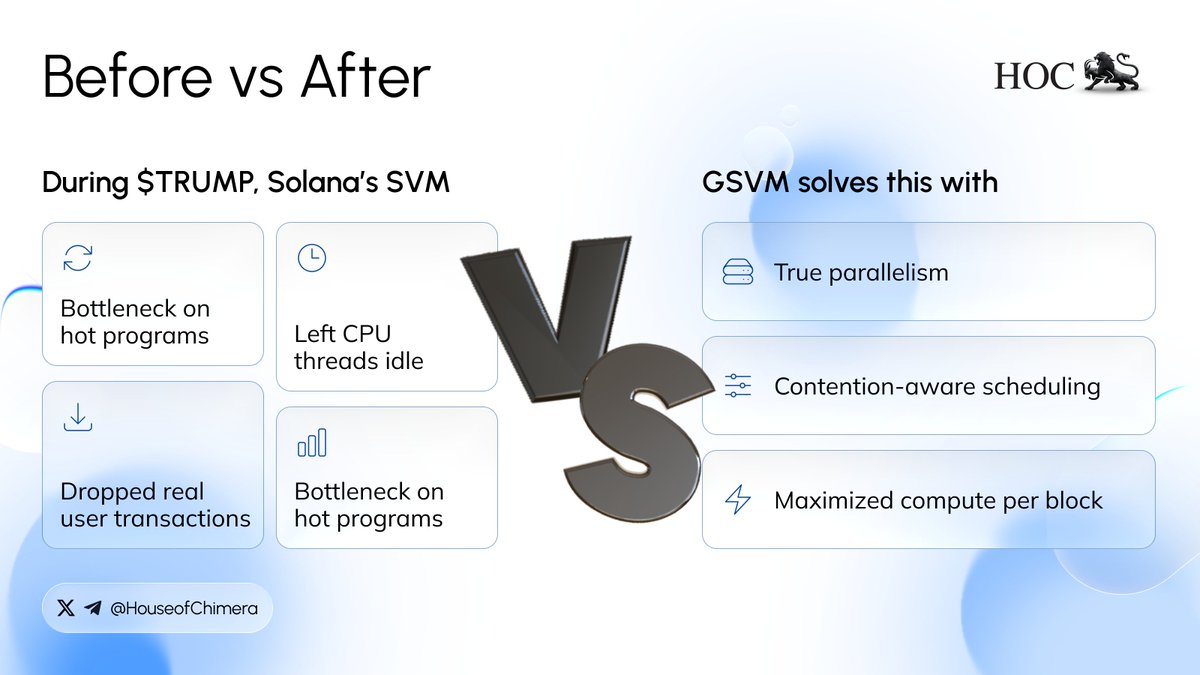
Solana’s SVM breaks under stress:
🔸 Agave often runs single-threaded
🔹 93% of computing goes unused
🔸 RAM issues cause latency spikes
GSVM fixes this:
🔸Real concurrency
🔹Smarter usage of resources
🔸Fully utilized threads
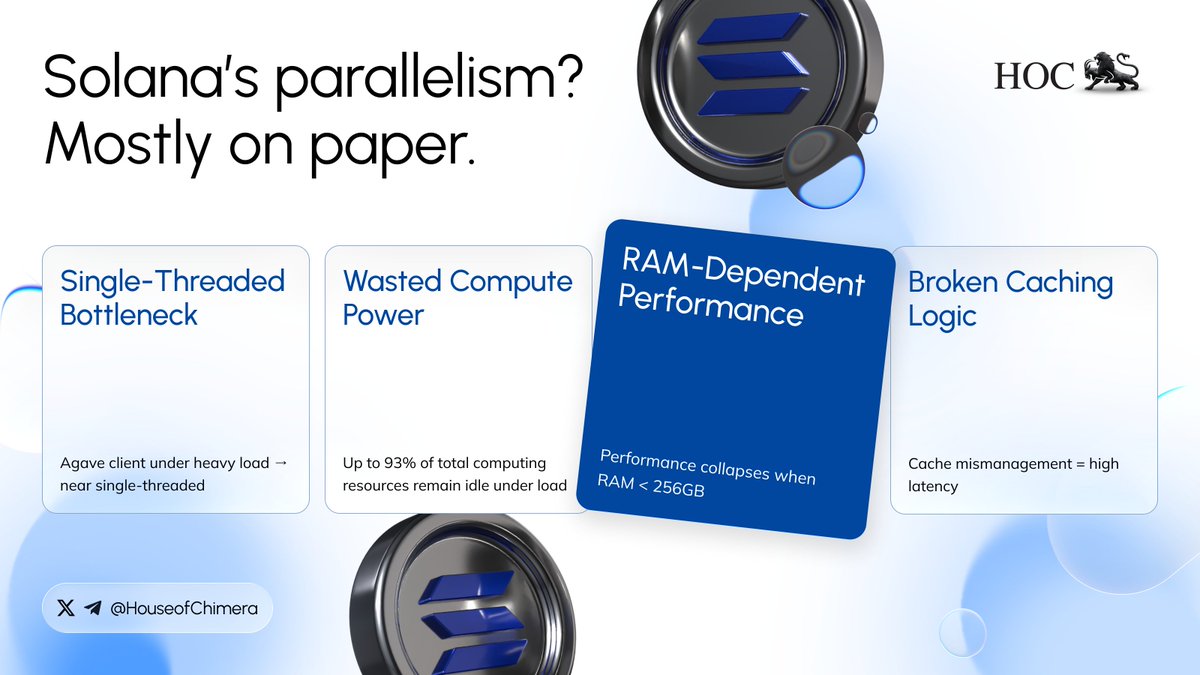
What Powers GigaCompute?
🔹 Profile-guided optimizations
🔸 Self-improving runtime via ML
🔹 Hardware–software co-design (FPGAs, GPUs)
🔸 Hotspot Islands
🔹 Near-line rate processing
This is performance engineering, not hype.
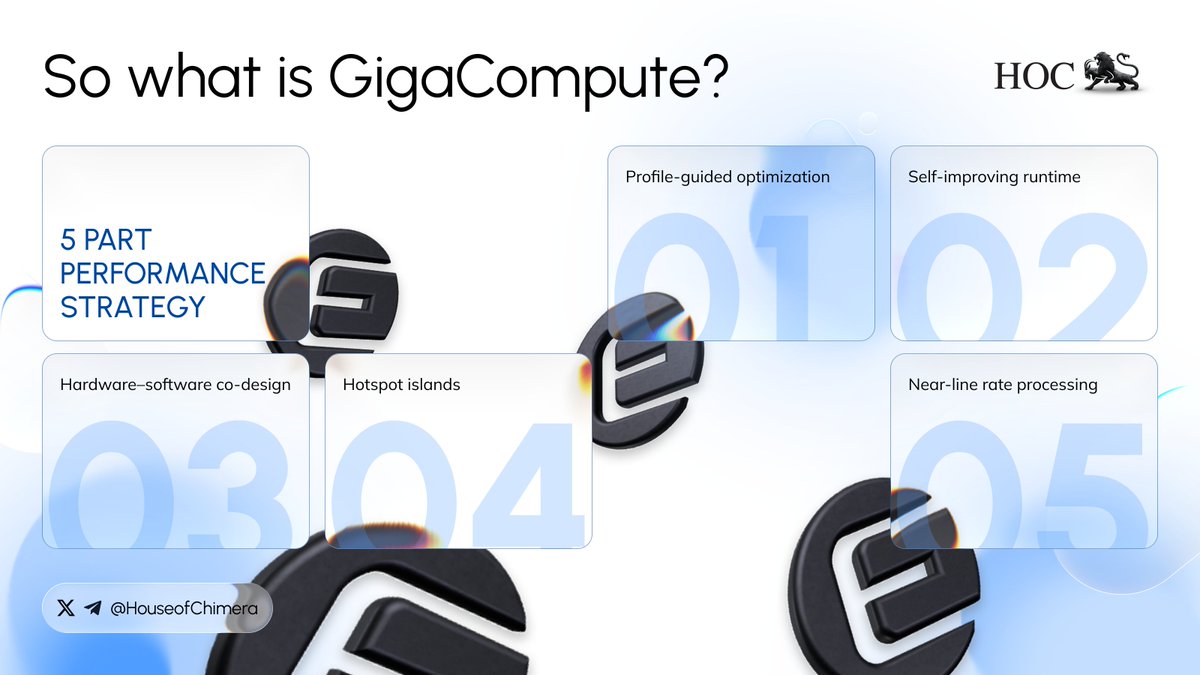
L2s like Eclipse inherit Ethereum security, but without its limits.
GSVM unlocks design freedom:
🔹 Custom hardware
🔸 Performance-first execution
🔹 Aggressive caching
🔸 No consensus bottlenecks
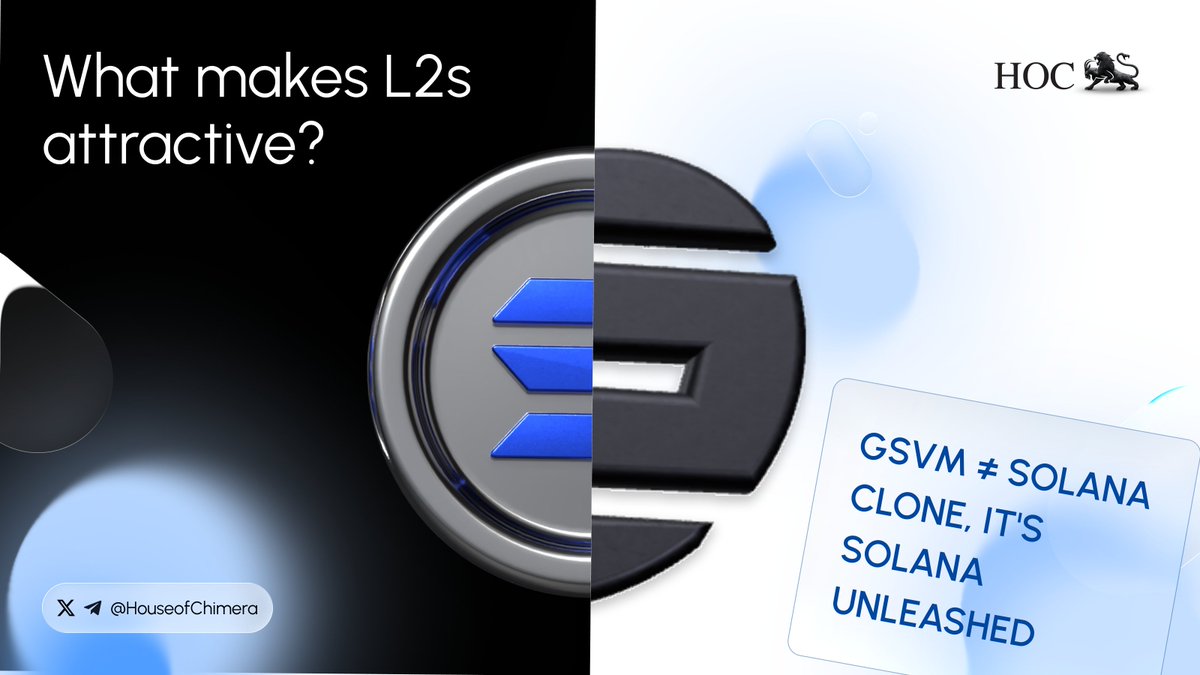
And it’s not just theory.
🔸 25% of all Solana txs can be pre-applied
🔹 Signature verification offloaded to FPGAs
🔸 Key-value storage latency slashed with co-designed memory hierarchies
🔹 Predictive scheduling built on real workloads
Every % of compute reclaimed = better UX.
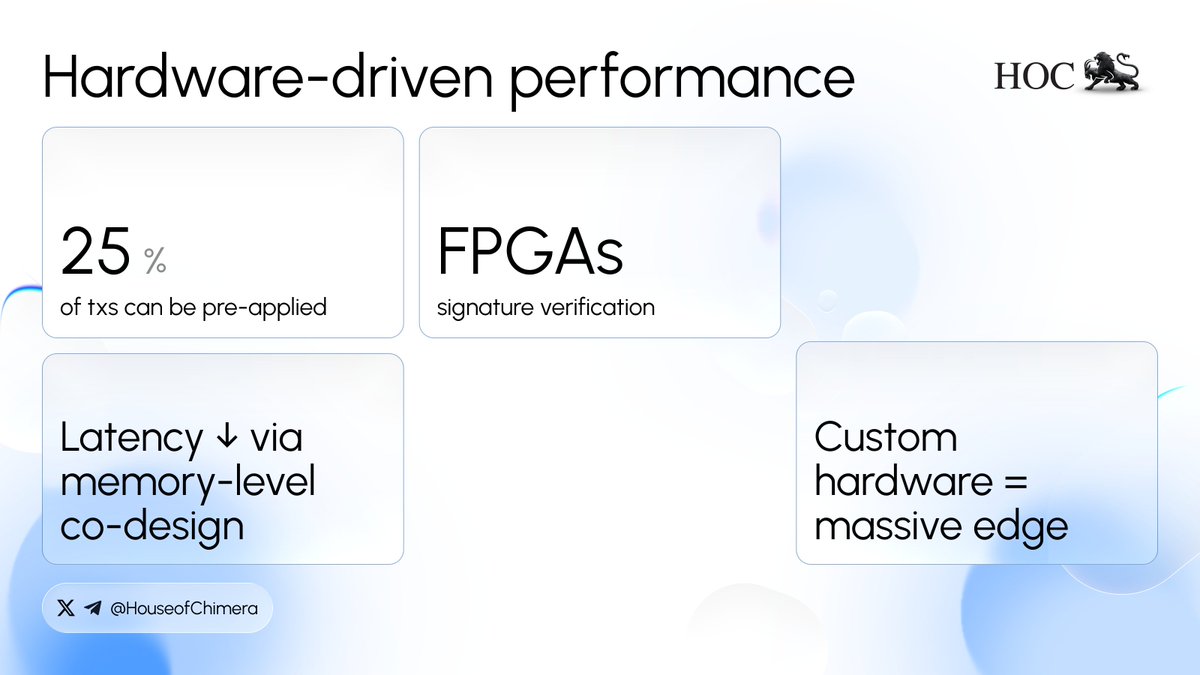
Why does it matter?
Because what’s possible on-chain depends on performance.
🔹 On-chain AI models
🔸 Autonomous agents
🔹 Real-time game logic
🔸 Massive simulations
GSVM is built for them.
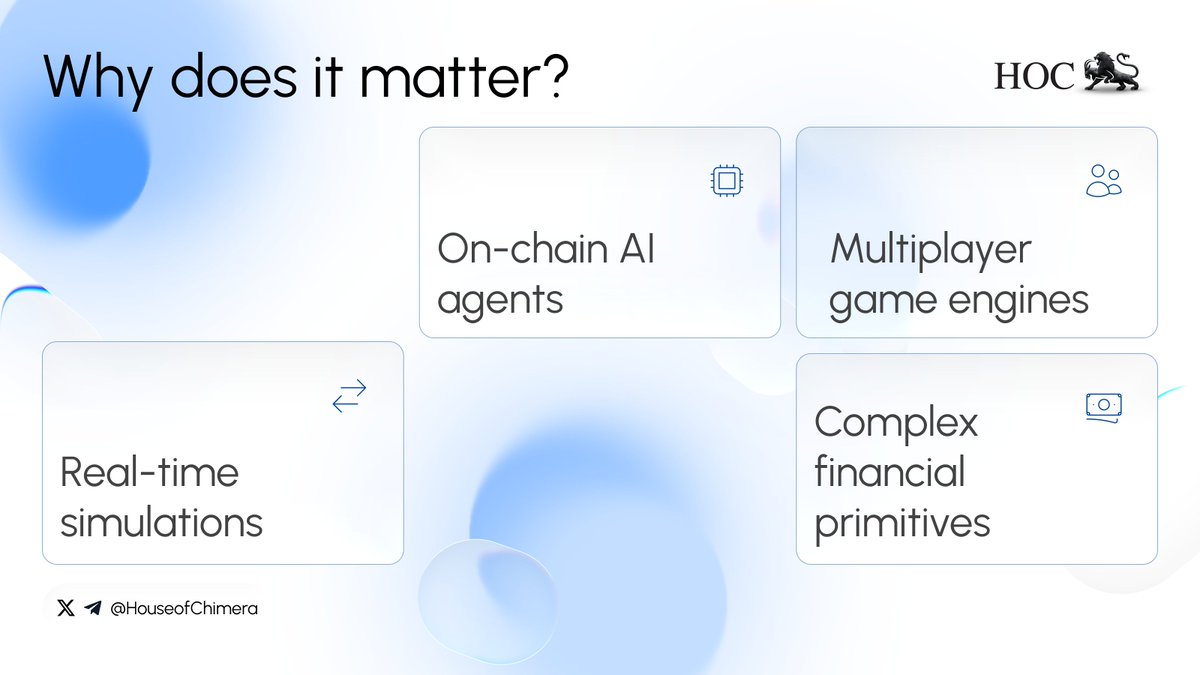
Eclipse isn’t just “faster Solana.”
It’s a full performance rethink, built for the next-gen apps:
🔹 AI agents
🔸 Games
🔹 Complex DeFi
🔸 Onchain compute
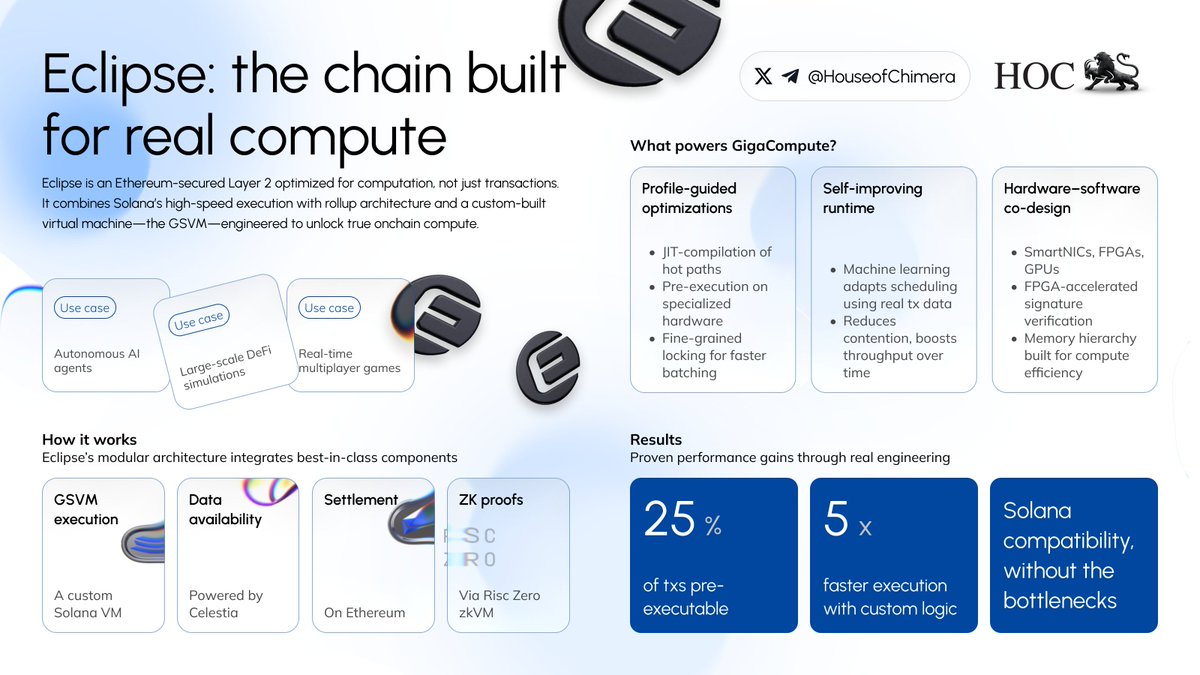
14.02K
173
The content on this page is provided by third parties. Unless otherwise stated, OKX is not the author of the cited article(s) and does not claim any copyright in the materials. The content is provided for informational purposes only and does not represent the views of OKX. It is not intended to be an endorsement of any kind and should not be considered investment advice or a solicitation to buy or sell digital assets. To the extent generative AI is utilized to provide summaries or other information, such AI generated content may be inaccurate or inconsistent. Please read the linked article for more details and information. OKX is not responsible for content hosted on third party sites. Digital asset holdings, including stablecoins and NFTs, involve a high degree of risk and can fluctuate greatly. You should carefully consider whether trading or holding digital assets is suitable for you in light of your financial condition.

